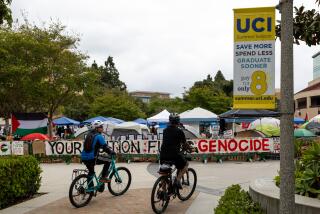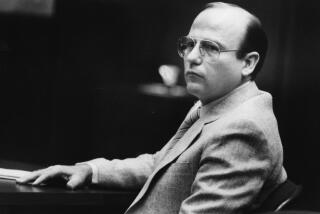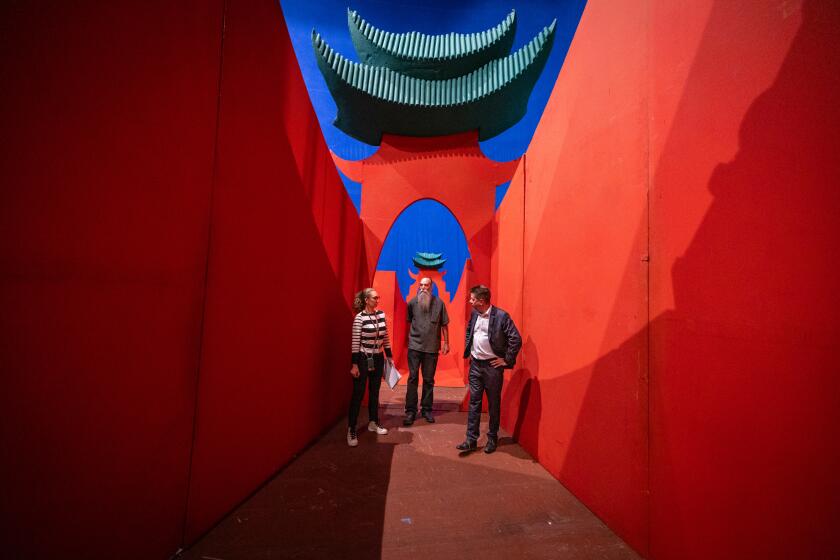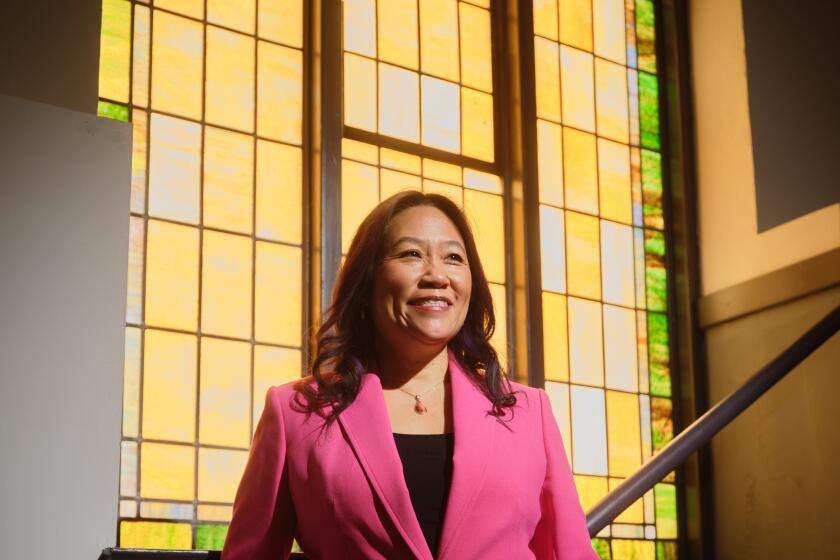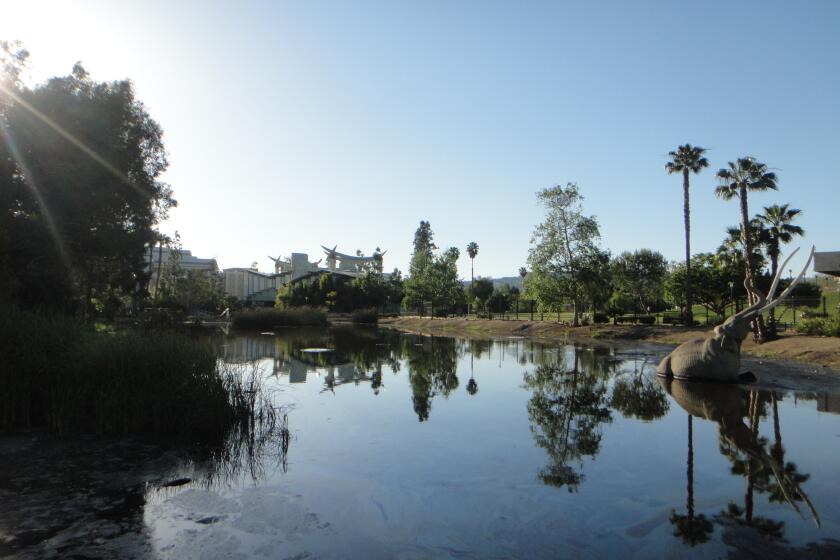Something Old, Something New for City Council
There’s a delicious irony in the fact that members of the City Council, none of whom claim to be experts in the colorful past that predates this 33-year-old community, are now this town’s sole arbiters of what is history and what isn’t.
Yet relics from the days of yore are serious business for the City Council in its role as the Thousand Oaks Cultural Heritage Board, which voted Tuesday to redesignate nine of the 10 county historic sites in Thousand Oaks, including the old Joel McCrea Ranch, as historic city landmarks.
A decision on the Jungleland historical site, now the home of the Civic Arts Plaza, was deferred because none of the council members knew why the county deemed it historic in the first place.
“Your best historian is a person who lives here,” said Councilman and heritage board member Mike Markey. “Given that the county might not declare something that we think is worthy of landmark status, it only makes sense that we decide.”
Last January, in a contentious vote, the City Council put itself in charge of preserving the community’s history--a responsibility that formerly fell to the Ventura County Cultural Heritage Board.
While council members such as Markey, who wholeheartedly supported making history a part of the council’s sphere of influence, said it’s only right that those who live in the city protect its antiquated treasures, others said the role is downright silly.
“I have always thought that we should rely on the experts and then make a decision,” said Councilwoman Linda Parks. “But to call ourselves the experts is ludicrous.”
Although Parks, who has a master’s degree in urban planning, thinks she is the only board member even remotely qualified to decide on questions of historical preservation, she is quick to say that she is far from an expert.
And now she and Councilwoman Elois Zeanah, despite their voting against the new duties, and the other three council members will be responsible for protecting, among other sites, the Stagecoach Inn, which includes a century-old schoolhouse; the old Hunt olive tree, which was relocated after a Circuit City was built; the Banning Dam, which was either the first or second concrete arched dam built in California; and the Dos Vientos Ranch buildings, which are now just piles of lumber resting on an adjacent property.
But the council’s appointing itself steward of the area’s dwindling historical legacy doesn’t sit well with area residents such as Ed Lawrence, who feels it’s a bit like the fox guarding the henhouse.
“They’ve never seemed concerned about the history here. For them it’s always been about strip malls and office buildings,” said the 73-year-old Lawrence, who has been documenting the city’s growth with photographs for the past 35 years. “They’ve had the opportunity to say no to developers so many times, but haven’t.”
Still, others are confident that the city-run heritage board will be able to preserve the community’s landmarks as a reminder of how far it has come since a few scraggly pioneers carved out an existence among the dry hills more than 150 years ago.
“They’re the ones who were elected and one could presume that they have more of an interest in preserving their history,” said Kim Hocking of the Ventura County Cultural Heritage Board.
More to Read
Start your day right
Sign up for Essential California for news, features and recommendations from the L.A. Times and beyond in your inbox six days a week.
You may occasionally receive promotional content from the Los Angeles Times.
